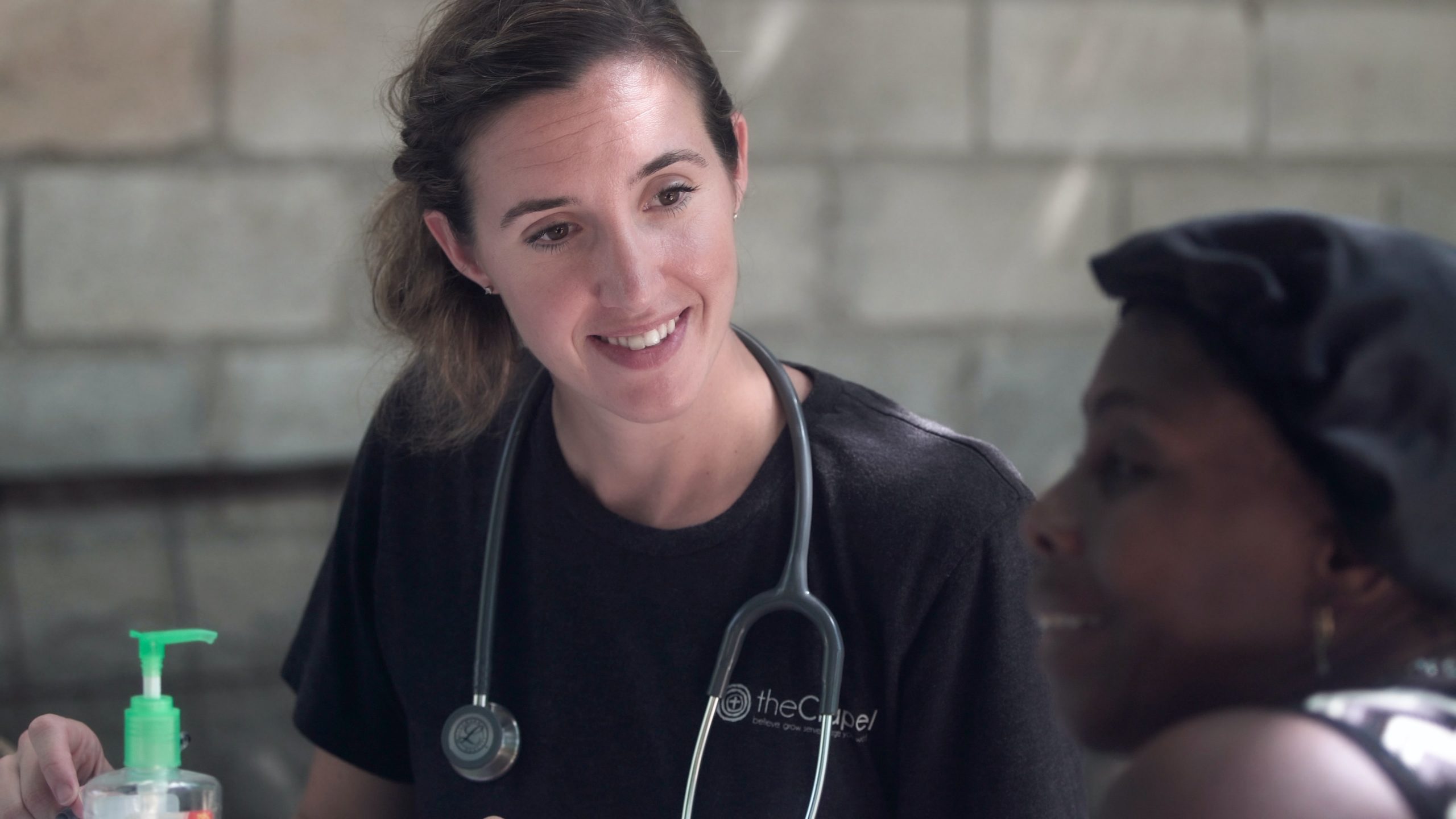The COVID-19 pandemic has changed the way medical professionals access their patients. The pandemic forced patients to consider whether their medical conditions were an emergency and how they could safely access medical providers. Staying safe when accessing healthcare providers forced millions of patients to access remote video and messaging apps to discuss their health. Marc Zboch, a healthcare professional, believes the future of telehealth lies in the ability of patients and professionals to access Smartphone technology.
What is Telehealth?
Some people believe the terms telehealth and telemedicine are interchangeable. However, Marc Zboch believes telehealth is a different form of medical care than telemedicine. The Mayo Clinic describes telehealth as the use of telephone and digital communications to allow remote access to several parts of the medical sector.
Smartphones Change the Medical Sector
Telehealth is an all-encompassing approach to remote medical assistance. The main areas of use for telehealth initiatives are the ability to provide a medical professional with the ability to diagnose medical conditions or injuries. Smartphones have become integral to the development of telehealth, with the ability to hold non-emergency consultations remotely saving time, and travel expenses for patients. The ability of patients to interact with a medical professional includes recording food diaries, capturing images of wounds, and providing a wealth of information.
What Kind of Services are Offered?
There are several different ways the medical sector has embraced new technologies to further the use of telehealth. Included in these are access to lab results and services to limit wait times for patients who have undergone tests for different medical issues. The Department of Health and Human Services reports the telehealth sector has expanded to include the ability to manage prescriptions remotely to avoid waiting for prolonged periods at the pharmacy.
What are the Benefits of Telehealth?
Concern was growing among medical professionals in the last decade about possible infections caused by patients attending a medical location. The COVID-19 pandemic increased the potential for an increase in infections through the proximity of medical locations. By allowing non-urgent medical conditions to be managed remotely, Marc Zboch believes the spread of the virus was slowed. The lessons learned during the pandemic will lessen the impact of flu season and other periods of infectious disease spread.
Concern is growing over the potential for travel problems caused by non-urgent medical care being completed in a physician’s office. The switch to virtual appointments will limit the impact of travel by patients and cut down on patient wait times. For those who require specialist care, medical experts can meet with patients regardless of their location.
Not Telemedicine?
The difference between telehealth and telemedicine is a wide one. Experts explain telehealth as encompassing every aspect of the treatment of a patient. Meetings between medical providers can be classed as part of telehealth, along with meetings between insurance providers and hospital administrators.
Telemedicine does not include as many services as those provided by the telehealth sector. Telemedicine deals with the treatment of a specific issue, with telehealth taking in every aspect of the medical history of a patient.
The telehealth sector will continue to expand in the next few years as more physicians and healthcare providers identify the benefits of this approach. The speed and ease of access of telehealth providers are changing the way medical services are provided.










